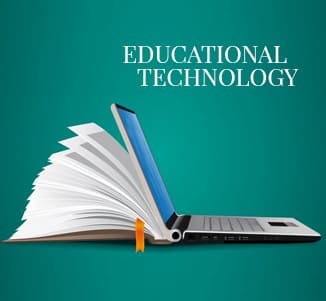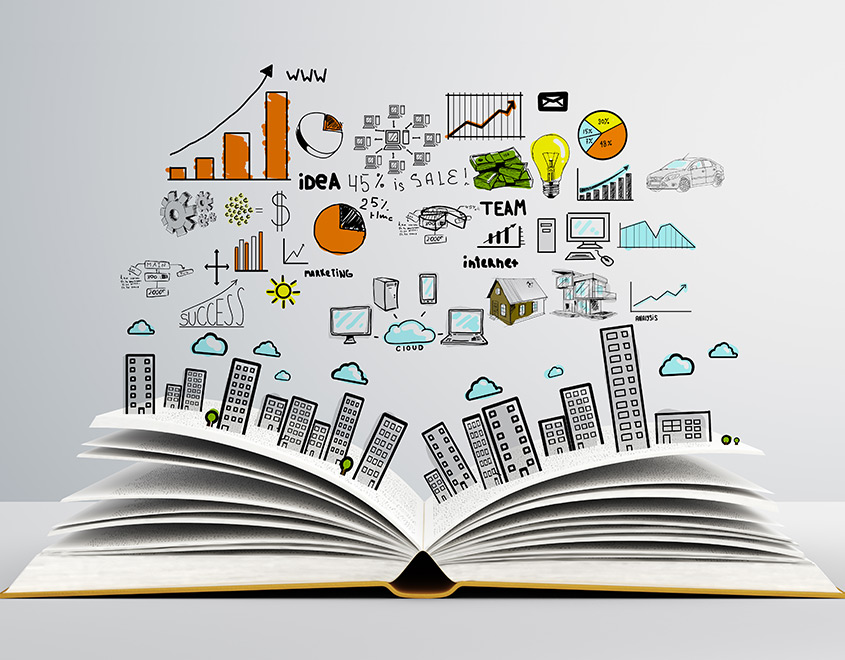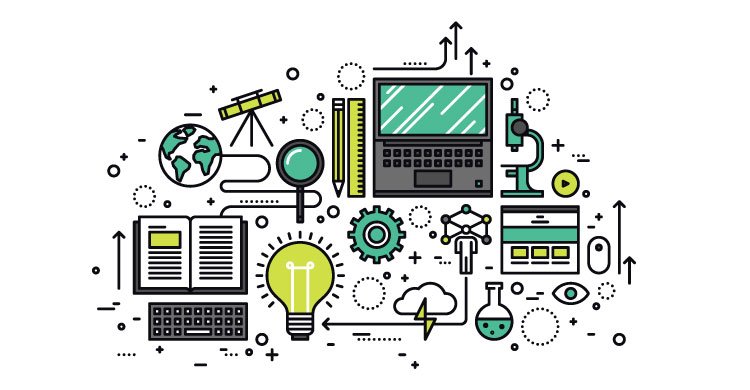Change Your Profession Course with Innovative Education Programs and Training Courses
Change Your Profession Course with Innovative Education Programs and Training Courses
Blog Article
Comprehensive Company Guides for Progressing Modern Technology Education in Schools and Colleges
The assimilation of modern technology education and learning right into institution and college curricula has actually ended up being an important important in preparing pupils for a significantly electronic workforce. What particular strategies can be taken on to optimize their effect on both educators and pupils?
Importance of Modern Technology Education And Learning
As innovation proceeds to advance at an extraordinary pace, the importance of modern technology education has come to be progressively obvious in today's society. The combination of technology right into different facets of life necessitates that people possess a foundational understanding of technical principles and applications. This understanding not just enhances employability but additionally promotes important thinking and problem-solving skills essential for browsing a dynamic workforce.
In educational institutions, technology education and learning equips students with the capacity to adjust to rapid adjustments in markets driven by innovation. It encourages imagination and encourages learners to involve with arising technologies, from man-made knowledge to information analytics. Moreover, innovation education and learning promotes digital proficiency, which is crucial in an era where info is readily offered yet typically deceptive.

Trick Components of Effective Guides
Efficient overviews for modern technology education have to include numerous vital components to ensure that students obtain the most from their experiences. Initially, a well-defined educational program is vital, outlining the purposes, finding out end results, and the abilities to be established. This educational program should be consistently upgraded to mirror the rapidly advancing technical landscape, guaranteeing significance and applicability.
2nd, extensive sources that include books, online products, and hands-on devices are essential. These sources should be varied and obtainable, providing to numerous discovering preferences and styles. Furthermore, integrating real-world circumstances and case studies can boost understanding and involvement.
Third, assessment methods must be consisted of to review student progress properly. These analyses must be differed, including cumulative and formative evaluations that straighten with the discovering objectives.
In addition, expert development possibilities for teachers are critical. Educating programs and workshops can equip teachers with the most recent pedagogical techniques and technological innovations.
Finally, cultivating a collaborative understanding atmosphere urges peer interaction and understanding sharing. By consisting of these vital parts, guides for modern technology education and learning can dramatically enhance the knowing experience, preparing students for future obstacles in an increasingly digital globe.
Structure Sector Collaborations
Structure strong industry collaborations is an essential aspect of improving modern technology education. These collaborations between schools and organizations develop a vibrant ecosystem that benefits students, employers, and educators alike. By promoting connections with industry schools, leaders and universities can align their educational programs with the advancing needs of the task market, making certain that trainees obtain pertinent skills and knowledge.
The development of teaching fellowships, instructions, and mentorship programs offers as a keystone of these collaborations. Such chances supply students with hands-on experience, boosting their employability and functional understanding of modern technology applications. Furthermore, industry companions can use insights right into emerging trends and technical innovations, enabling educators to adapt their teaching approaches appropriately.
Furthermore, collaborations can assist in accessibility to resources, such as equipment, software program, and funding for research tasks. These contributions improve the discovering environment and make it possible for establishments to remain at the forefront of technical innovation. Eventually, building robust sector partnerships is important for cultivating a skilled workforce that fulfills the requirements these days's rapidly transforming technological landscape, while likewise driving financial growth and competition in the broader neighborhood.
Implementing Modern Technology Programs
Executing modern technology programs within educational establishments requires a calculated strategy that prioritizes both curriculum growth and source allowance. To launch successful innovation combination, establishments should first examine their existing framework and identify spaces in sources, consisting of equipment, software, and personnel training. This evaluation allows universities and schools to create a tailored plan that lines up with their certain instructional objectives.
Following, it is vital to create an extensive curriculum that integrates emerging technologies and sector criteria. Collaborating with educators, industry experts, and stakeholders can guarantee that the curriculum remains relevant and effective in preparing students for the workforce (Make Money). Furthermore, expert development for faculty is essential, as it outfits instructors with the abilities needed to successfully show new innovations
Moreover, organizations should stress the relevance of hands-on discovering experiences, such as workshops and labs, that allow trainees to use academic knowledge in sensible settings. This experiential approach find more information enhances involvement and look at this site cultivates critical thinking. Securing sustainable funding through partnerships and gives can aid preserve and expand modern technology programs, making sure long-term success and versatility in an ever-evolving technological landscape.
Gauging Success and Results
Evaluating the success and results of technology education programs is crucial for verifying their effect and directing future renovations. Reliable measurement structures ought to incorporate both quantitative and qualitative metrics, giving a detailed view of program effectiveness. Key efficiency signs (KPIs) such as pupil enrollment figures, retention rates, and course completion percentages provide valuable quantitative data.

Incorporating standardized assessments can further evaluate students' technical proficiencies and readiness for the labor force. Benchmarking against comparable organizations permits contextually appropriate contrasts, highlighting areas for growth.
Eventually, the constant analysis of technology education and learning programs cultivates a culture of enhancement, making sure that they evolve abreast with market needs and academic requirements. By systematically gauging success, establishments can not only show responsibility to stakeholders yet additionally enhance their offerings, therefore improving the finding out experience and preparing pupils for the ever-changing technological landscape.
Conclusion

The assimilation of modern technology education into college and college curricula has ended up being an essential crucial in preparing students for a progressively electronic labor force.As innovation continues to progress at an unmatched speed, the relevance of innovation education and learning has actually come to be progressively obvious in today's culture.In educational institutions, modern technology education and learning outfits pupils with the capability to adjust to quick changes in industries driven by development. By focusing on modern technology education and learning, institutions can cultivate a generation of notified people capable of leveraging innovation for societal and personal advancement. The execution of durable assessment techniques allows organizations to gauge success and results, ultimately improving the general effectiveness of technology education efforts and preparing pupils for future challenges.
Report this page